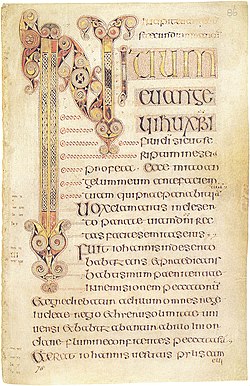This article or section is in a state of significant expansion or restructuring. You are welcome to assist in its construction by editing it as well. If this article or section has not been edited in several days , please remove this template. If you are the editor who added this template and you are actively editing, please be sure to replace this template with {{ in use }} during the active editing session. Click on the link for template parameters to use. This article was last edited by Liz (talk | contribs) 3 seconds ago. (Update timer) |

The Society of Scribes & Illuminators is an organisation dedicated to the promotion and development of the arts of calligraphy and illumination. [1] It organises exhibitions and lectures on subjects related to its fields of interest.
Contents
The SSI was founded in the United Kingdom in 1921 [2] by former students of leading calligrapher Edward Johnston. It initially had 50 members; [3] in 1925, three quarters of the members were women. [4] Membership is opened to professionals in the field as well as interested amateurs.
The Society held its first exhibition in 1922 at the Brook Street Art Gallery, [5] and a display of members' work was included in the British Empire Exhibition in 1924. [6]
Members who have reached a particularly high standard of work may be elected as Fellows of the Society, and are entitled (provided their subscription has not lapsed) to use the post-nominal FSSI. [7]